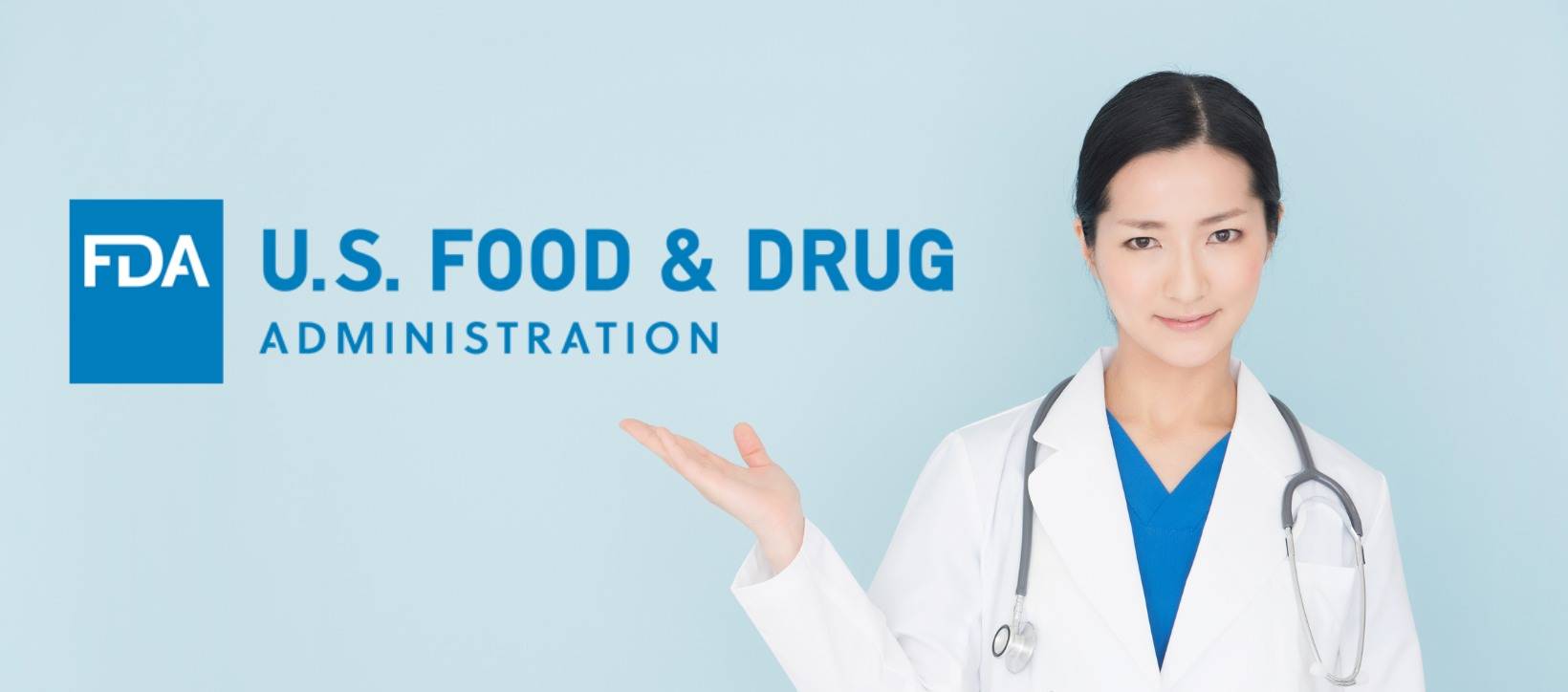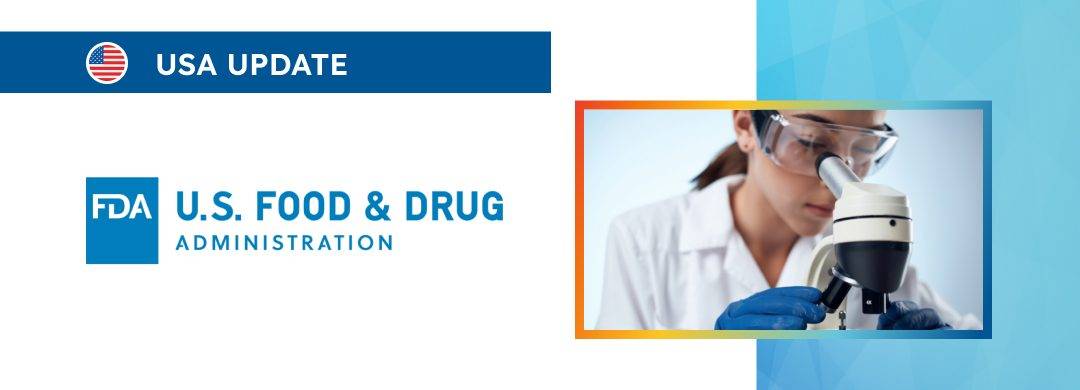The new article provides an overview of the existing legal framework for the translation of GLP study reports

Table of content
The Food and Drug Administration (FDA or the Agency), the US regulating authority in the sphere of healthcare products, has published a draft guidance dedicated to the translation of Good Laboratory Practice (GLP) study reports. Structured as a questions-and-answers document, the guidance provides an overview of the applicable regulatory requirements, as well as additional clarifications and recommendations to be taken into consideration by medical device manufacturers and other parties involved to ensure compliance thereto.
At the same time, it is important to mention that FDA guidance documents are non-binding in their legal nature, nor are they intended to introduce new rules or impose new obligations.
Moreover, the authority explicitly states that an alternative approach could be applied, provided such an approach is in line with the respective legislation and has been agreed with the authority in advance.
Regulatory Background
The present guidance is intended to assist sponsors and nonclinical laboratories with the translation of study reports conducted under good laboratory practice regulations.
The importance of this document lies in its role as a comprehensive resource, offering clarity and direction for translating these reports from their original language into English.
As explained by the FDA, this process is crucial for ensuring that the data submitted to the authority are accurate and complete.
The guidance does not establish legal rights or binding obligations on the FDA or the public but rather serves as a reference for best translation practices.
First of all, the authority mentions that studies conducted in compliance with GLP regulations, particularly those undertaken outside the United States, often necessitate the translation of their reports into English for FDA submission.
This guidance underscores the importance of maintaining the clarity, accuracy, completeness, and truthfulness of these translations.
It emphasizes that the sponsors are responsible for ensuring that the translated reports accurately reflect the original GLP study reports, following written processes and procedures to maintain integrity and reliability.

Questions and Answers
The document further provides answers to the most important questions potentially raised by the industry in the context of study reports and translations thereof.
Q1: Definition of a Translated GLP Study Report
A translated GLP study report is defined as an English version of a study report originally conducted in a non-English-speaking country or region.
This translation should encompass the entire original report, ensuring that the content, including study summaries, methodologies, results, and conclusions, remains clear, accurate, complete, and truthful.
The format, including tables and appendices, should mirror the original document.
Q2: Translator Qualifications
Translators engaged in converting GLP study reports to English should possess a combination of education, training, and experience in both English and the original report’s language.
Their expertise should extend to medical and scientific documents, ensuring a high level of accuracy in the translation.
Q3: Translation Statement
Each translated GLP study report should be accompanied by a translation statement. This statement, signed and dated by the translator(s), confirms that the translated document is a faithful and clear representation of the original report.
This certificate should precede the translated report and include the translator’s name, qualifications, and the translation date.
Q4: Translation Procedures
Sponsors or testing facilities should establish written procedures for translating GLP study reports.
These procedures must detail the qualifications of translators and outline the steps for documentation, verification of accuracy, and completeness checks.
Current procedures should be accessible and adhered to by the translator.
Q5: Retention of Translated Reports
The translated GLP study report, along with the original, should be retained by the sponsor or testing facility.
All communications related to the translation process should also be documented and preserved.
Q6: Translation of Amendments
Any amendments to the original final study report should be translated separately and kept as individual documents, distinct from the final study report.
Q7: Translation of Tables and Appendixes
The entire GLP study report, including tables, appendices, contributing scientist reports, protocols, and any amendments, must be thoroughly translated into English.
This translation should maintain the integrity of the original report’s format, data tables, and textual elements.
Q8: Review for Completeness
A second person, separate from the translator, should review the complete translated report to verify its format, tabular content, and figures. This reviewer does not need to be fluent in scientific terminology but should ensure the completeness of the translation.
If issues are identified, the report should be returned to the translator for necessary revisions, followed by another completeness check.
Q9: Inclusion of Signatures
The translated GLP study report should not include new signatures. However, it should contain the typed names and original signature dates of the study director, quality assurance auditor, and testing facility management from the original report.
The translation statement, signed by the translator, should be separate from the translated study report.
Conclusion
In summary, the present guidance highlights the essential components of the existing framework for translating GLP study reports.
It highlights the critical need for accuracy, completeness, and truthfulness in translations, ensuring that the data submitted to the FDA are reliable and reflective of the original reports.
The guidance, even though not being legally binding, provides vital recommendations that enhance the understanding and execution of translation processes for GLP study reports, ultimately contributing to the integrity and quality of submissions to the FDA.
How Can RegDesk Help?
RegDesk is a holistic Regulatory Information Management System that provides medical device and pharma companies with regulatory intelligence for over 120 markets worldwide. It can help you prepare and publish global applications, manage standards, run change assessments, and obtain real-time alerts on regulatory changes through a centralized platform. Our clients also have access to our network of over 4000 compliance experts worldwide to obtain verification on critical questions. Global expansion has never been this simple.

